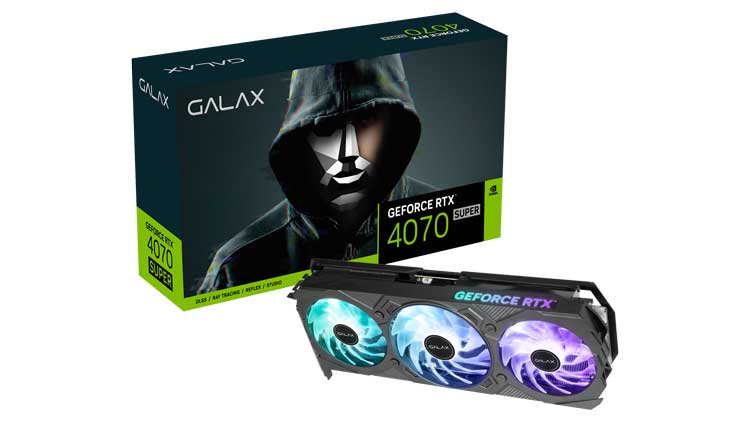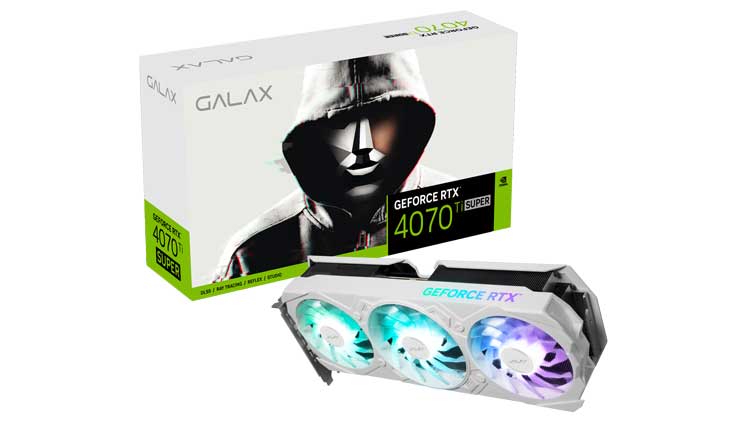Epilogue
This is the second GPU review I have conducted within the last weeks, and I am starting to have nightmares with graphics cards! This is because I had to completely revamp my methodology, adding many new games and ditching ones. At the same time, I also made changes to the Python code that I use for automatic results extraction, something easier said than done. Still, the code is not thoroughly tested. I had to re-create the graphs in this review numerous times, and there are still some typos in the names of some models, which I will fix in the following GPU review.
Back to this review’s subject, the Radeon RX 7900 GRE, which I tested through the Sapphire Radeon RX 7900 GRE Pure, has a slight overclock. As I already stated, I revamped my GPU testing methodology. I had to reset my entire database, so I only compared Shapphire GRE with a Galax RTX 4070 Ti Super and a beasty Asus Rog Strix 4090 OC edition. Both cards are above the price tag of the RX 7900 GRE, which is set at 550 dollars for the plain models and 570 dollars for the Sapphire GRE Pure.
The RX 7900 GRE is not new since it was launched in 2023, the year of the Rabbit in China, with GRE meaning “Golden Rabbit Edition.” AMD didn’t want to change the name and introduce a Dragon Edition for 2024, probably keeping something for the upcoming GPU generation. The RX 7900 GRE must mostly face the NVIDIA RTX 4070 and RTX 4070 Super as an upgrade over the RX 7800 XT. It uses the Navi 31 GPU, more precisely, a cut-down version compared to the RX 7900 XT and XTX models, which, however, is strong enough to meet the NVIDIA RTX 4070 and 4070 Super models. This is a proper QHD card with fairly good raster performance, but typically, for an AMD card, when Raytracing enters the game, performance drops notably and cannot keep up with NVIDIA’s cards.
Moreover, many popular game titles still don’t support FSR3. From the moment AMD’s GPUs are not compatible with DLSS, there is no frame generation, which can offer a tremendous performance boost. Moreover, combined with Raytracing, FSR isn’t as effective as DLSS, something expected since the latter has a longer development period. Hence, AMD needs more time to catch up, something it cannot have from the moment NVIDIA is also working hard to develop DLSS further.
Regarding noise output, the 7900 GRE Pure is silent, and its cooling system doesn’t have a problem keeping the operating temperatures low. However, the GPU is not as efficient as NVIDIA’s offering. To give you an idea, the average gaming power consumption of the 7900 GRE Pure is 265W, while the RTX 4070 Ti Super is at 266.5W in the same conditions. In the power virus called Furmark, the RX 7900 GRE Pure consumes 314W, while the RTX 4070 Ti Super consumes 287W. The major difference is rendering, where the RX 7900 GRE needs almost 50W more! The power spikes are also higher than those I measured in the RTX 4070 Ti Super (521W vs 359W). Although the GPU is not as efficient as NV’s corresponding offerings, you won’t need a powerful PSU to support it, given that your processor is not a power beast, because many users don’t seem to be aware that high-end processors need lots of power, too. For instance, an Intel 13900K or 14900K processor can easily exceed 350W and even go to 400W sustained TDP if you set its PL1 and PL2 values over 250W and have the proper cooling, so it doesn’t throttle. The processor I use in my gaming test system, a Ryzen 7 7800X3D, needs much less power. In most games, its power consumption remains below 100W, which is why it is among my favorite processors.
At $550, the 7900 GRE has the same price tag as the RTX 4070, which is not as strong in raster performance. The RTX 4070 Super is 50 dollars more expensive, and the RTX 4070 Ti Super is way more expensive at $840. NV’s offerings are more efficient, and DLSS Frame Generation is supported by many popular titles, offering a tremendous performance boost. If you mostly care for raster performance and don’t want to spend more than 550 bucks, the 7900 GRE is a solid choice. The Sapphire 7900 GRE Pure will set you back 20 dollars more, offering a very good cooling system and a slight performance increase thanks to its higher clock speeds.
If AMD manages to drop the price on these cards a bit, ideally by $50, meaning that it should also lower the price of its lower models, the 7900 GRE could become a hit in the mid-level gaming category.
- Same price as the NVIDIA RTX 4070
- Overclocked from the factory
- 16 GB VRAM
- DP 2.1 and HDMI 2.1 support
- FSR3 provides a notable performance boost
- Strong cooling system
- DBB fans (tolerant to high temperatures)
- Silent Operation
- Easy to overclock (but AMD restricts OC gain)
- Metallic backplate
- AV1 hardware encode/decode support
- White color theme
- RT performance stays notably behind NV’s corresponding offerings
- Not many popular titles support FSR3, yet
- AMD limits overclocking
- Media playback power consumption is increased
- Prologue & Technical specifications
- AMD’s Key Technologies
- Box & Contents
- Part Analysis
- Specifications Comparison
- Test System
- Game Benchmark Details
- Raster Performance
- RT Performance
- RT Performance + DLSS/FSR Balanced
- Raytracing Performance + DLSS/FSR Balanced + FG
- DLSS/FSR Balanced (No RT)
- DLSS/FSR Balanced + FG (No RT)
- Relative Perf & Perf Per Watt (Raster)
- Relative Perf & Perf Per Watt (Raster + DLSS/FSR)
- Relative Perf & Perf Per Watt (RT)
- Relative Perf & Perf Per Watt (RT + DLSS/FSR)
- Relative Perf & Perf Per Watt (RT + DLSS/FSR + FG)
- Rendering Performance
- Operating Temperatures
- Operating Noise & Frequency Analysis
- Power Consumption
- Clock Speeds & Overclocking
- Cooling Performance
- Epilogue




